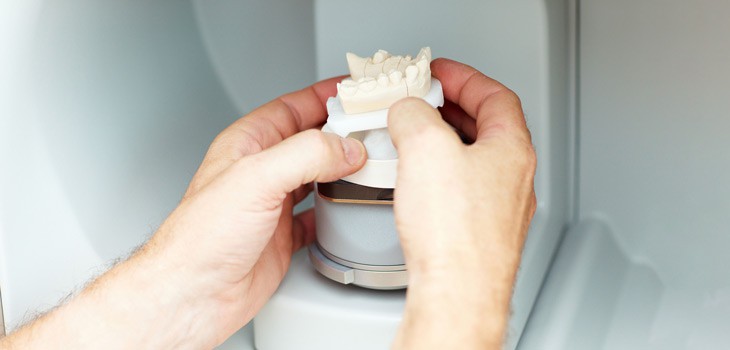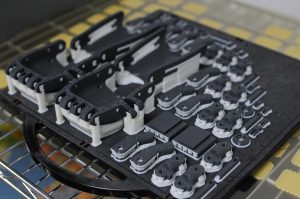
What 3D Printing has done to Dental Practice
These days, when you go see your orthodontist or your general dentist, you may not have to sit on his chair long hours for gooey and messy impressions of braces, night guards or crowns you need. Neither will you have to wait days or weeks for these appliances to get laboratory-fabricated and get finally fitted. All your dentist will do is scan your mouth to get an impression and send the digital image to a 3D printer in his office. After a few minutes to under an hour, you get fitted with your new dental appliance. Easy as pie, accurate to the smallest detail and fast.
The dental industry is one of the booming markets for 3D printing, accounting for the $4 billion in prosthetic, orthodontic and other dental parts manufactured per year. Today, dental labs have the armamentarium to print parts and bounced back from a once declining sector. Sometimes large scale expositions showcase newer and more affordable 3D printers to the dental industry and its practitioners, transitioning dentistry into all things digital. It has enabled even dentists, and not just orthodontic specialists, to print dental implants for patients.
It was reported once that a college kid has printed his own aligners to straighten his teeth, making the American Association of Orthodontists a little nervous about the spread of do-it-yourself orthodontics. Growing by leaps and bounds, 3D printer sales to dental professionals are growing fast, a 75% increase in 2016 over 2015 is by no means gradual.
Changing the face of dentistry, 3D printing has removed the time-consuming, often expensive facets of dental treatment and management. This technology is making dentistry affordable, customized and convenient for patients. For dental practitioners, 3D printing advances their technical and digital know-how, attracting more patients and growing their practice.
Fast and Affordable Dental Parts and Appliances in Seattle.



